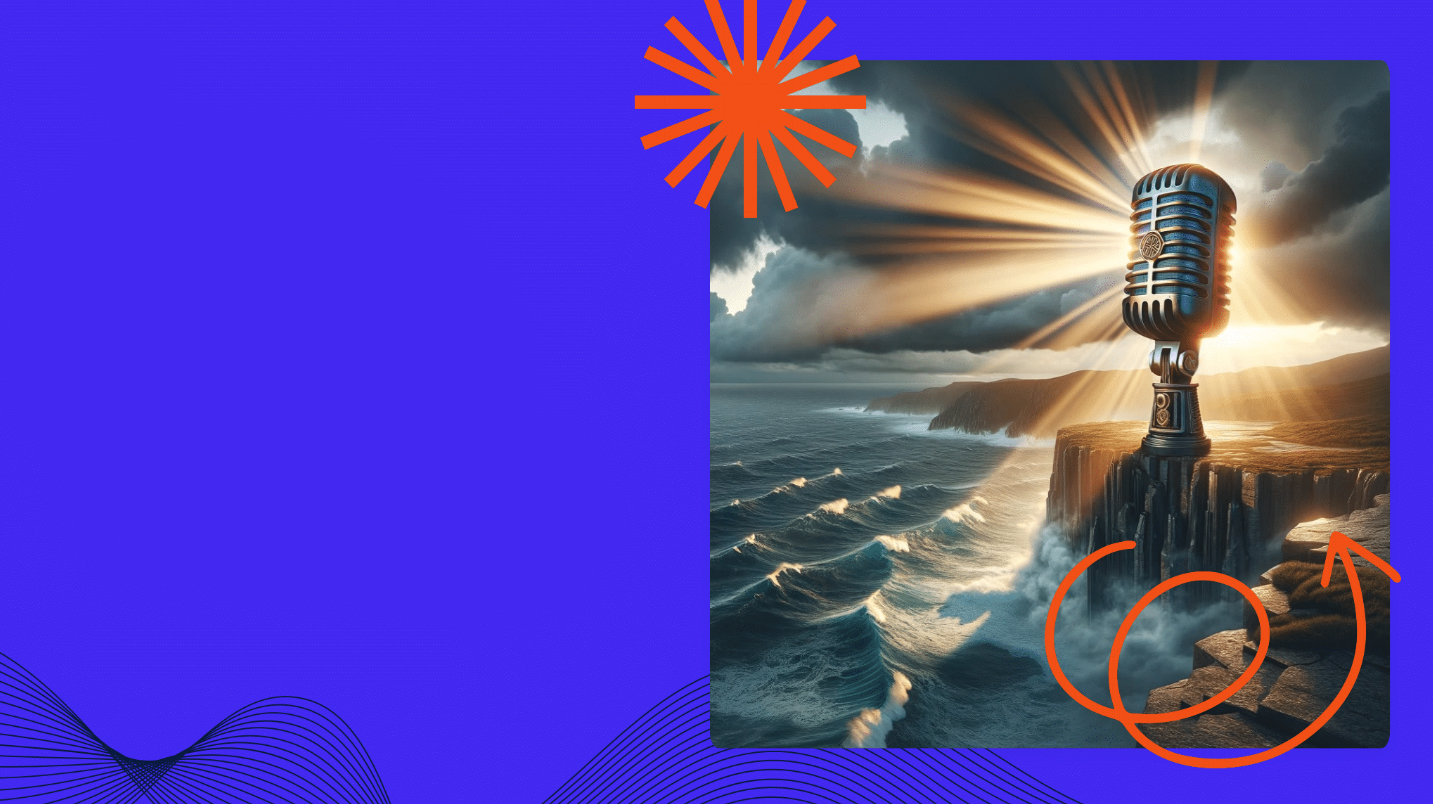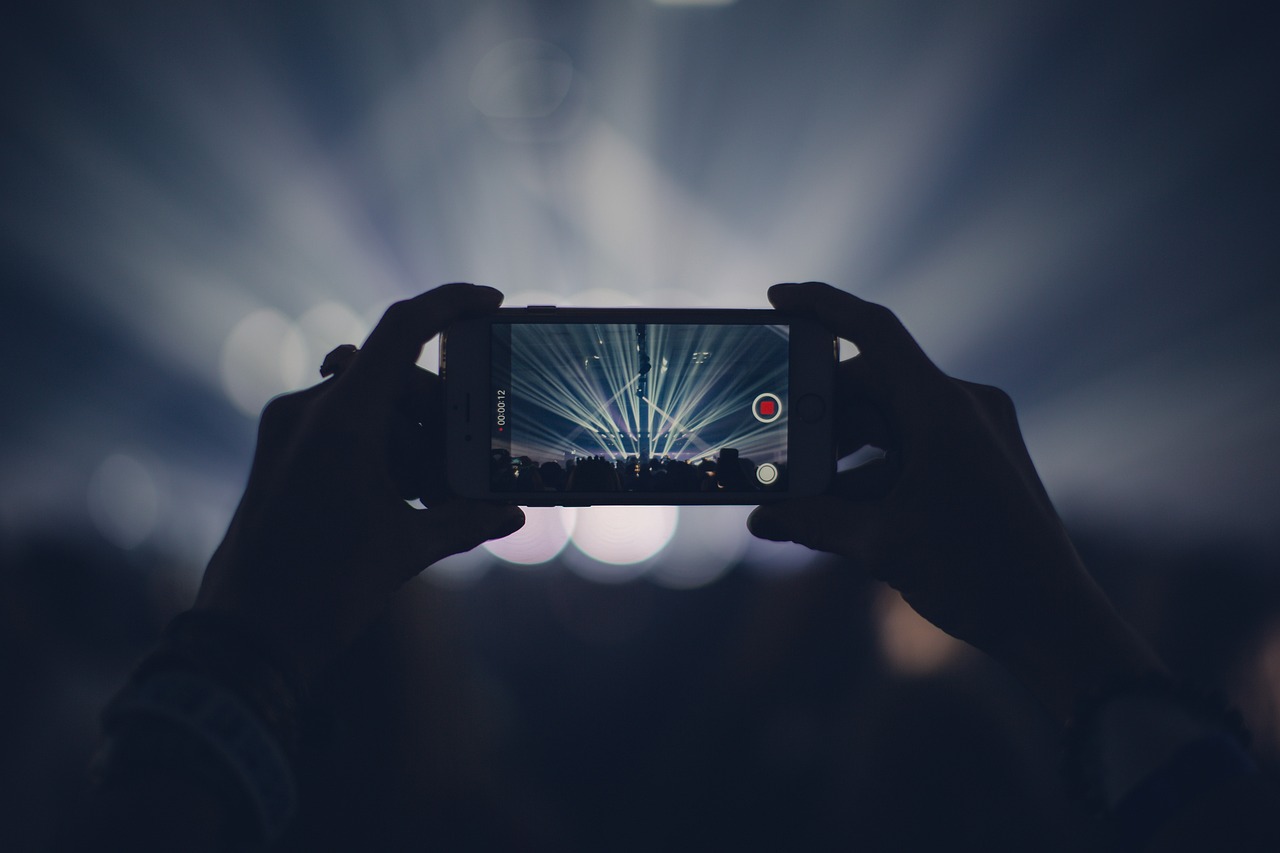The latest study from Sounds Profitable, The Ad Bargain, got its name from the deal any consumer makes with ad-supported media: you give me free content I like, and I’ll give you some attention (within reason) to your sponsors. Some media channels are better “bargains” than others, of course. The principal reason that the simulcast streams of AM/FM radio stations are so uncompetitive online is that their spot loads are significantly higher than the advertising load of pure-play streamers like Pandora or (free) Spotify. Song-for-spot, the pure-play streamers are a better value exchange for the consumer.
That value exchange is a pretty expansive topic – one we’ve been tackling over multiple studies over the past two years. Last year, The Medium Moves The Message looked at the comparative effectiveness of podcasting as an advertising vehicle compared to broadcast/cable TV and broadcast AM/FM radio and found that podcasting was significantly more effective in lower funnel (closer to purchase) measures than its broadcast counterparts.
With The Ad Bargain, we turned our attention primarily to two of the (other) fastest-growing categories for advertising: YouTube and Connected TV (CTV). Things were a little closer in this comparison, for sure – CTV and YouTube are attractive advertising vehicles. Podcasting, however, more than held its own. You can download the whole report and watch the webinar here for the full picture (and occasional glimpses of my greyhounds, Hazel and Walnut, rooting around behind me). To summarize, though, here are the five things you need to know about The Ad Bargain:
1. Less Saturation = More Attention
In last year’s Medium Moves the Message study, we discovered that podcast listeners are simply less inundated with advertising than other consumers, period. They are more likely to subscribe to premium ad-free services, consume less broadcast radio/TV, and podcasts themselves are not saturated with advertising. This actually makes them more receptive to ads because they aren’t constantly bombarded with them. The Ad Bargain confirms this finding here:
Statistically, there isn’t much separating podcasts from the next three entrants, but it does occupy the top tier compared to both streaming and broadcast TV or radio. Certainly, the host relationship is a part of that (we’ll get to that in a moment), but consider also that podcast listeners are hearing fewer ads in general, and the ads on podcasts are, well, just better:
Because of how podcast ads are integrated into the content, less intrusive, and generally more in tune with the mood of the show. they are perceived as less annoying than ads on other media. This results in more attention. I am often asked by partners to probe ad-skipping behavior in surveys – a thorny problem because people generally answer this in an aspirational way (“I ALWAYS skip EVERY AD”) when the truth is, they don’t. Instead, let’s look at attention:
…and that’s the ballgame, right there. We know that advertising is effective – if it is consumed. Podcast listeners pay more attention, and that leads to better results.
2. Yes, Ads Work
Podcast listeners were more likely to report taking some kind of action after hearing a podcast ad than consumers of YouTube or CTV for those respective channels. Practically, this translated to 65% of podcast listeners saying they had “looked for more information” about a product/service they heard about on a podcast and 59% noting they had “recommended a product or show” they had encountered in a podcast, both figures higher than those reported for CTV and YouTube.
Of course, what advertisers care about the most is actual purchase behavior, and here, the results are also compelling:
With 53% of podcast listeners reporting a post-ad purchase, podcasting enjoys a slight advantage over YouTube and a greater one over Streaming/CTV. There is something else to note about this graph: in an era where people will tell you that they skip ads, find them annoying, and avoid them at all costs, a majority of podcast listeners told us that they bought something because of a podcast ad. In other words, they told us that ads work on them, whatever else they may think.
3. Buying Podcast Ads = Buying Goodwill
This is something that we intuitively know as podcast creators, but in The Ad Bargain, it is quantified fully: podcast listeners draw a straight line from advertiser support to creator support, like no other media consumer. If you are watching an episode of Young Sheldon and see an ad for Doritos, there is a long mental leap from buying chips to helping poor Sheldon go to college or whatever that kid does (I don’t watch the show.) When people listen to a podcast, however, that connection is much closer – even if the ads aren’t host-read (as we saw in our 2022 study, After These Messages).
Here is that direct relationship in three simple charts:
I love that last one, by the way – think about how it is worded: you go out of your way to support brands that support your favorite podcasts. This isn’t “if I happen to see it on a rack in the checkout line at Stop n Shop, I’ll grab it.” This is intentionality – and that intention is creator-driven. We do see this for YouTube as well (again, the question is worded “your favorite YouTube channel”) because often the favorite channel of a YouTube consumer is also an individual creator. Podcasting, however, exhibits the strongest linkage here from creator to brand to consumer, and that’s part of why it is the best ad bargain.
4. Podcasting’s Discovery Benefit
No, I am not talking about how people discover podcasts, but how podcast listeners discover new brands through their favorite shows. In previous studies, we have shown how podcasting’s effectiveness in the mid- to lower-funnel brand measures is superior – from making people more favorable to brands to considering a purchase and finally to making the sale, podcasts perform at the top. Only scale prevents podcasting from being the best way to build national reach, but that doesn’t mean they aren’t a great way to build awareness for a new brand.
Roughly a third of Americans listen to a podcast each week, and for the brands that launch themselves into that space, they enjoy a less crowded, more favorable environment. We can see this generally in the response to this question:
That podcasting leads here is not a foregone conclusion by any means – legions of new DTC brands are launched on YouTube all the time. But for so many brands that really introduced themselves to America through podcasts, like BetterHelp, Athletic Greens, and HelloFresh. consumers remember where they heard the message.
Speaking of HelloFresh, a large part of The Ad Bargain was a look at the four basic measures of advertising effectiveness (Awareness, Favorability, Consideration, and Purchase) for five top brands across the audiences for podcasts, YouTube, and CTV. We selected four heavily advertised brands across all channels (GEICO, State Farm, Walmart, and Amazon), as well as one of the top advertisers in podcasting, HelloFresh. When it comes to brand discovery, the podcast audience has little trouble remembering:
I circled it for you.
5. Advertising to Podcast Listeners Shows Results – Even For the Biggest Brands
I’ll close with this – we asked those basic brand questions about the five brands we selected and compared the results for each with the audiences for podcasting, YouTube, and CTV (and yes, there is overlap among them). Given that brand’s commitment to the space, we expected to see good results with the HelloFresh podcasting audience. What was not necessarily guaranteed, however, was that the podcast audience would, in fact, show greater positive differentials for almost all of the measures for all five brands.
Yet, that’s exactly what we saw in The Ad Bargain:
The podcast audience provided the greatest positive differentials for all four measures with GEICO, State Farm, and HelloFresh, two of the four for Amazon, and led or tied for all four with Walmart. This is less a measure of ad effectiveness (many of these brands reuse the same creative) than it is audience receptivity – again, because podcast listeners are less inundated with advertising, they aren’t as close to the peak of ad frustration as someone trying to watch broadcast TV might be.)
When we average the results for all five brands in each metric, the picture gets very simple:
In every case, the positive delta between the podcast audience and the general population is higher for all measures than the same comparison for the audiences for YouTube and CTV.
So, when buyers ask you why podcast ads work, we can talk about the host relationship, the sound environment, and many other details unique to podcasting. What these data show, however, is that the most important part of that story is the audience – and that’s what makes podcasting the best Ad Bargain.
New Partners
| Sounds Profitable exists thanks to the continued support of our amazing partners. Monthly consulting, free tickets to our quarterly events, partner-only webinars, and access to our 1,800+ person slack channel are all benefits of partnering Sounds Profitable. |
|
| Want to learn more about partnership? Hit reply or send us an email! |












































































































































































































